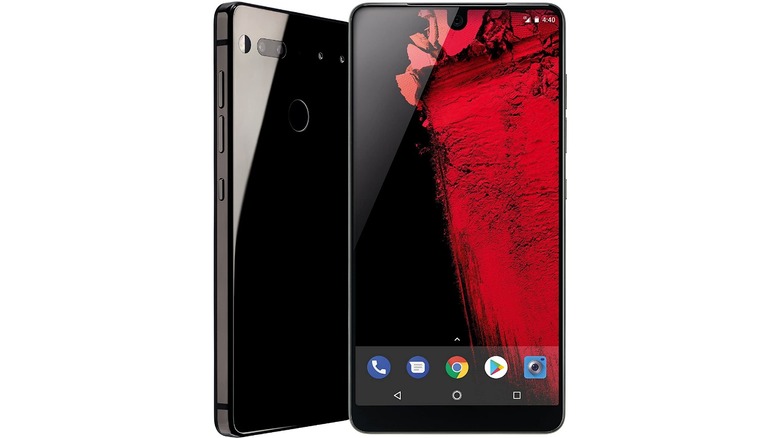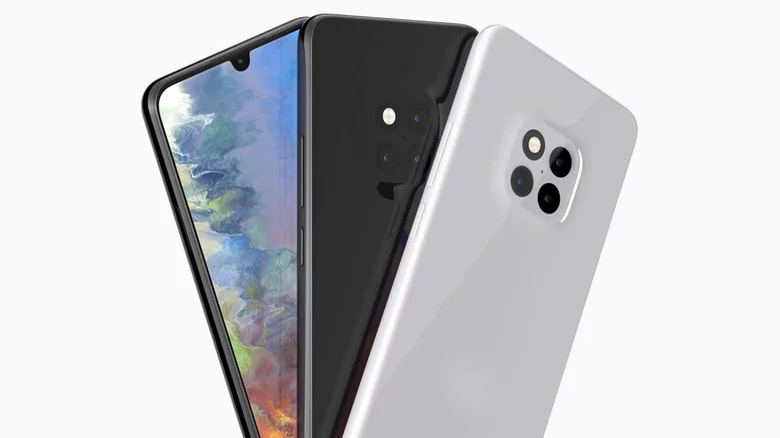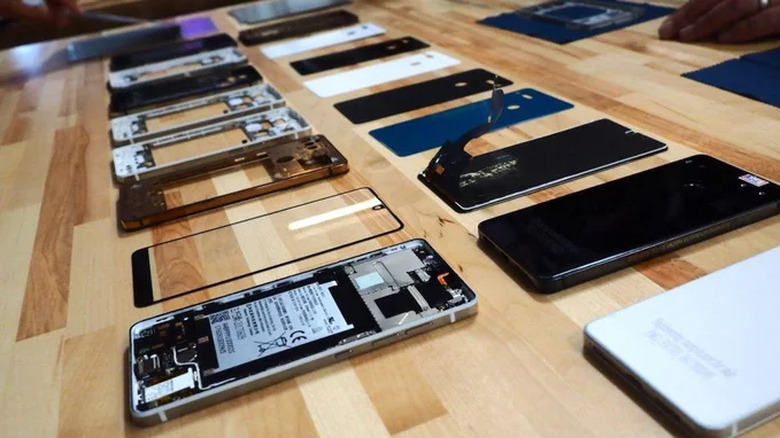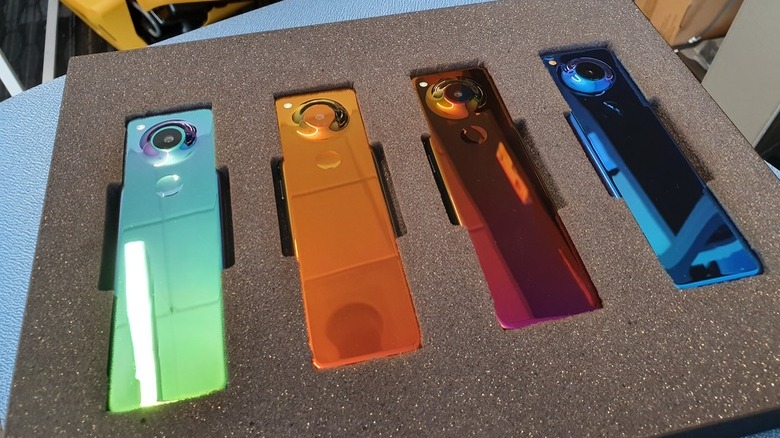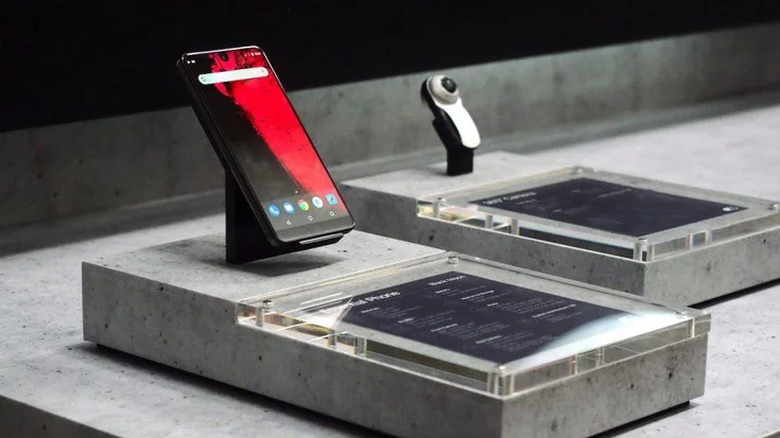What Happened To The Essential Phone?
You may remember the Essential Phone – Android co-founder Andy Rubin's quest to make phones his own way. Launched in 2017, the Phone may have only been heard by tech heads, but years later would prove to be so ahead of its time that it has paved the way for designers today. And years later, it still looks incredible.
The excitement that Essential created with its debut phone and the projects that came after have come to an end for now. Rubin's company announced the shutdown of Essential on 12 February.
They wrote: "Despite our best efforts, we've now taken Project Gem as far as we can and regrettably have no clear path to deliver it to customers. Given this, we have made the difficult decision to cease operations and shutdown Essential."
We take a look at the importance of the Essential Phone and the big promise once held by the company.
The Essential vision
A new alternative to the mainstream offerings of Apple and Samsung, Essential launched with many ideas that we hadn't seen yet. Early on, the 40-man Essential team announced efforts to create a new smartphone. It was riding on a team of former Android and Apple developers, as well as the experience gained developing Android from Rubin, having left Google amid allegations of sexual misconduct while retaining a huge $90 million severance package.
Reports said they had a phone without a surround bezel in mind. It was also modular, with its engineers developing magnetic connector for Essential and other third-party manufacturers to create hardware accessories to bring new features to the phone.
It wasn't just phones either. A patent filed with the US Patent and Trademark Office stated its plans to venture into "mobile phones; smart phones; computers and tablet computers; accessories and replacement parts for all the aforementioned goods; computer operating software for mobile phones, smart phones, computers and tablet computers."
While it may just be a vision, investors quickly bought on with the start-up, which was valued at over a billion dollars in 2017, without even shipping a phone. Talk about a good start.
The Essential Phone
The Essential Ph-1 finally arrived in all its bezel-less glory in August 2017. The 5.7-inch display was even bigger than the iPhone 7 Plus and Samsung Galaxy S7's at the time, in a much smaller phone.
Bezel-less was just becoming a thing in the smartphone market. Samsung launched the gorgeous Galaxy S8 in April, but the Essential Phone took it to the next level, almost eliminating the top bezel by being the one of the first mainstream manufacturers to use the teardrop notch. And that was before it became cool in 2019.
Living up to its name, the Essential Phone put a spotlight on the essentials of the Android OS and villainized bloatware. Besides software troubleshooting, the Phone had very little bloatware. It was the "stock" experience that users thought would only be available in the Google Pixel. Many phones would follow suit and begin to simplify their cluttered renditions of the open-source Android OS, from LG to OnePlus.
The Essential Phone also felt like a truly luxurious product in ones hand. It launched with mesmerizing colors, from Halo Gray, Stellar Gray and fan favorite Ocean Depths, a sea green coupled with gold sides. It was also built with premium materials like its ceramic back and titanium frame. With most phones opting for glass or aluminium at the time, few phones felt as sturdy as the Essential Phone.
While it launched with solid reviews and a lot of hype, the Phone shipped fewer than 90,000 phones in 2017 and halted production one year later. And that was including its famous $399 Cyber Monday deal. Yet, the company remained loyal to those customers, rolling out software updates for nearly three years.
Project GEM
The Essential Phone was not a one-trick pony for Rubin's team. In 2019, they revealed Project Gem – a phone that looked like nothing we had ever seen. The concept phone is an elongated device that fits perfectly into one hand much like a TV remote.
Much like many smartwatches, its UI is made of cards stacked down the tall screen. Later reports by XDA Developers and Bloomberg said the phone would mostly be controlled through voice commands. Project Gem would have been refreshing at the very least, if it had seen the light of day.
What it could have been
The many ideas Rubin and his team had fizzled out in February when Essential announced it was shutting down. The company had been quiet during its five-year run but turned heads every time it showcased its ideas.
It was in many ways a big "what could have been" in the tech world. The Essential team clearly had ideas well ahead of the industry. If only it had the backing and legs to keep the turning these ideas into reality.
